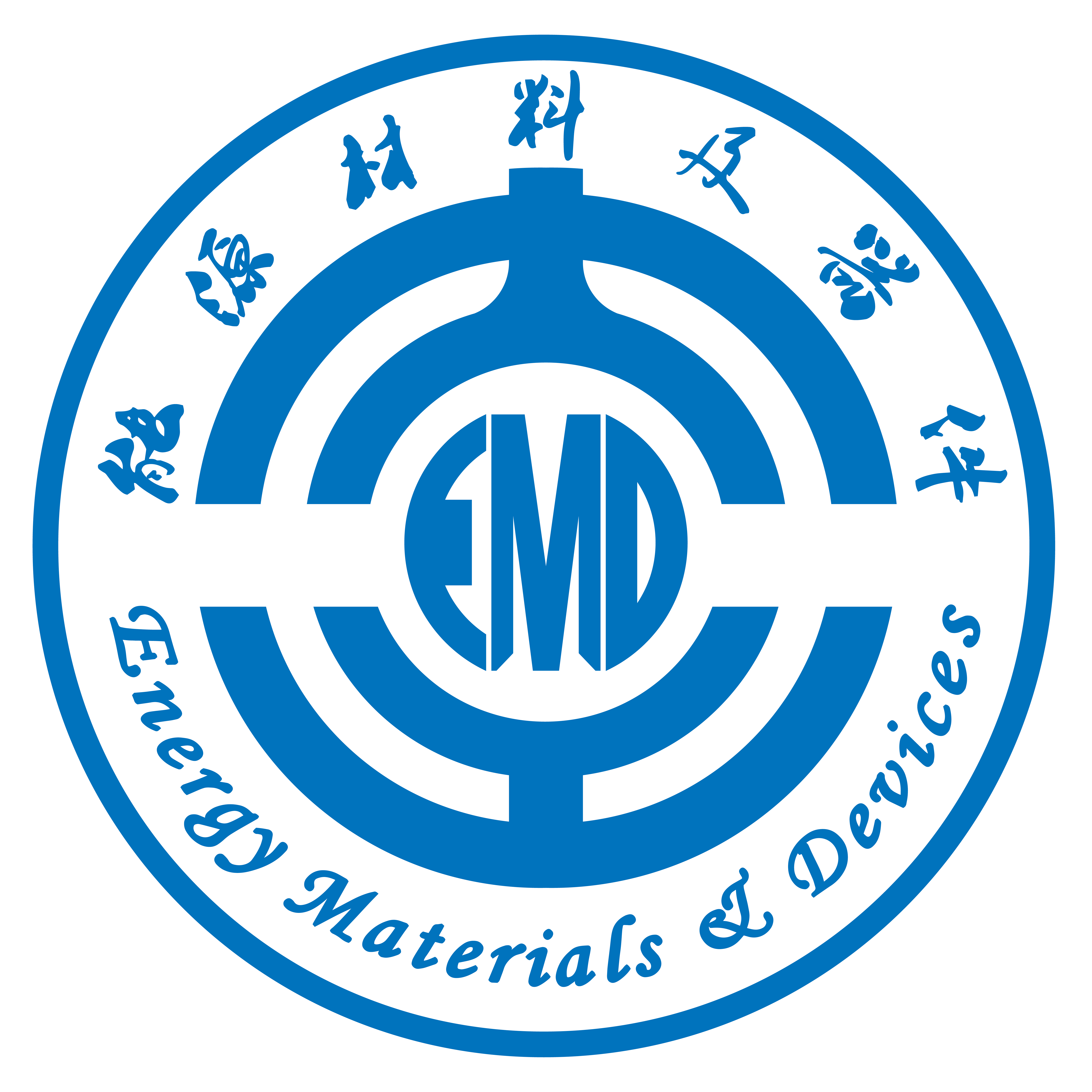Abstract: As one of the stellar 2D materials, MoS2 remains in the spotlight for its multiple physical and chemical traits that contribute to its high theoretical capacity. But its potential as anode for lithium-ion batteries is hampered by its poor electrical conductivity and its low mechanical stability after cycling. In our research work, we manage to correct these flaws by fabricating MoS2 nanosheets with a physically-lengthened interlayer space through simple plasma evaporation and a gas–solid reaction at a low temperature. The as-synthesized MoS2 nanosheets are uniform, with a BET surface area of 80.42 m2 g−1 and an expanded interlayer distance of 0.702 nm. This material exhibits a high capacity of 860 mAh g−1 at 100 mA g−1, a great rate capability, and stability. Its outstanding electrochemical performance is encouraged by the improved ion conductivity of the enlarged interlayers due to two factors: 1) affording plenty of active Li+ storage sites for fast intercalation/de-intercalation, avoiding sluggish transport, and 2) low energy barrier for reversible lithium insertion at high current densities. The structural configuration is well maintained even after the structure modification during long cycling, where the pulverized Mo nanoparticles are uniformly distributed.
https://doi.org/10.1016/j.apsusc.2021.150261

